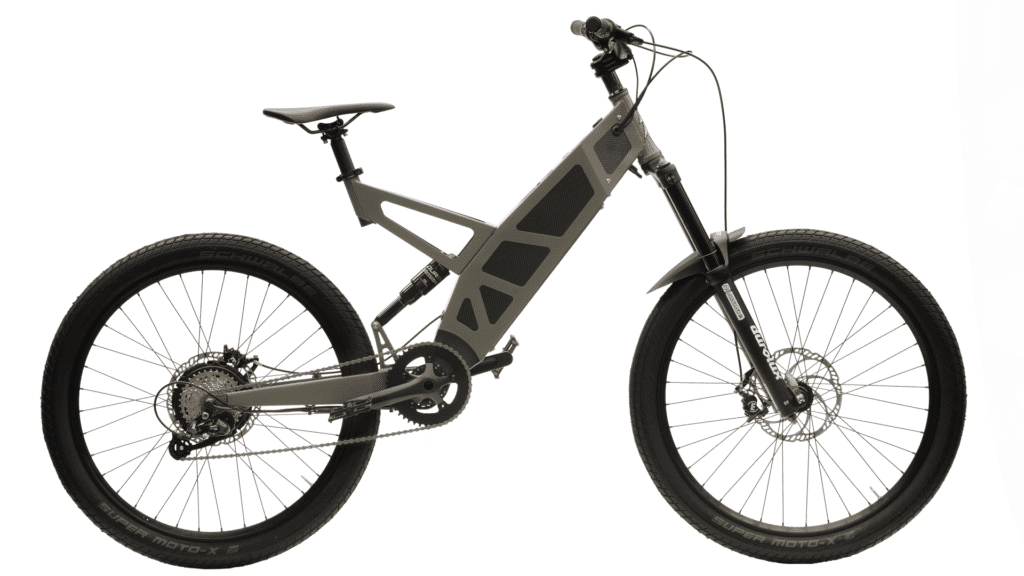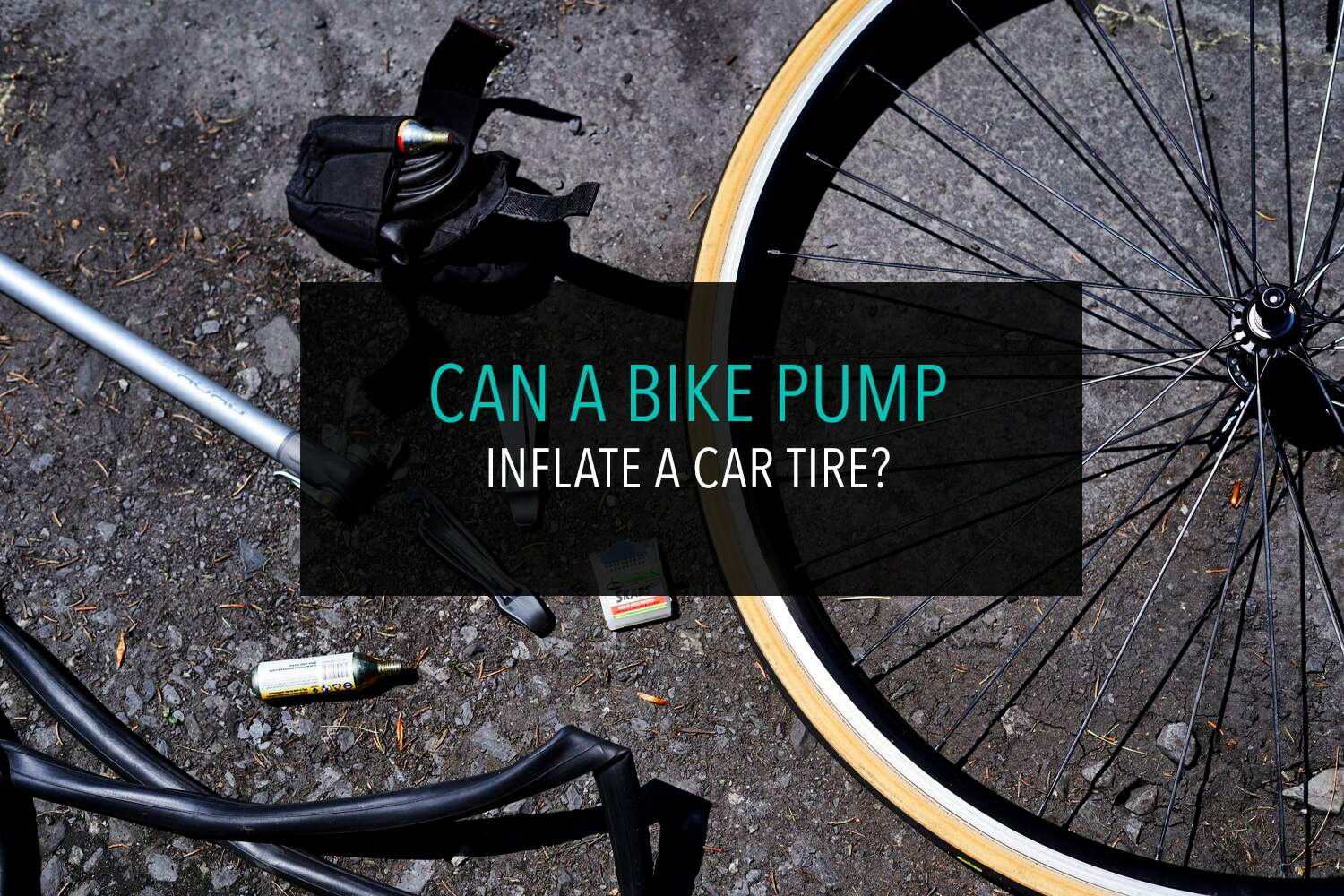When it comes to riding on the ever more popular electric bicycle, the one thing that always gives a cause for concern to new electric bike owners is the overall mileage that these bikes can have. This might be enough for some people with the typical maximum mileage per full charge sitting roughly 25 miles.
There are ways around this, like supplementing some of your travel in full manual using only your legs for forwarding momentum. However, some electric bicycles with regenerative braking use the kinetic force applied when braking to charge the battery. But what bikes have regenerative braking?
All of the Rad series bikes from Rad Powered Bikes do have regenerative braking. Regenerative braking is rare on electric bicycles due to the extra complexity added when adding such brakes to electric bicycles. Along with this added complexity comes a much greater cost.
As you continue to read this article, it will go more in-depth on how exactly regenerative brakes work, along with giving you a few examples of which bikes have regenerative braking. Keep reading to find out more information down below.
What Are Regenerative Brakes And How Do They Work?

Regenerative brakes are a new and more advanced braking supplementary system for electric bicycles. In traditional bicycles and older electric bikes, when you apply the brakes, there is a release of kinetic energy in the form of heat on the brake pads or plates. Regenerative brakes take this into account and use that excess kinetic energy to their advantage by recharging the battery.
Regenerative braking systems essentially work with dual functions. It will act as a motor to give you forward momentum while you are traveling. However, when you need to break, that system works in reverse.
While this system is working in reverse, it will take the aforementioned kinetic energy from the brake pads or plates slowing or stopping your bike and turning it into mechanical energy that helps feed power to the battery.
There is a safe side to this. You might be wondering if there are some complications when the battery is on a full charge.
Well, you do not need to worry because there are safety mechanisms that stop the flow of mechanical energy into the battery if it is on or near a full charge when you brake. This prevents the battery from “overcharging” and will not shorten the overall lifespan of your battery.
There are two things you need to keep in mind about regenerative braking.
- Firstly if your brake levers are too tight, then there might be a chance that the brakes will begin to stop your forward momentum before the regenerative brakes can kick in to store that excess energy.
- Secondly, the regenerative brakes on an electric bicycle cannot convert that extra kinetic energy if the bike is not moving fast enough. At slower speeds, the regenerative braking will only assist the regular brakes on your bike.
What Electric Bikes Have Regenerative Braking?
As previously stated, regenerative brakes on electric bicycles are quite a rarity. That being said, we have made a list of bikes that do have regenerative brakes:
- RadCity4
- RadCity Step-Thru3
- RadWagon 4
- Stormer St1
- Turbo Creo SL Expert
- Turbo Creo SL Expert EVO
- S-Works Turbo Levo SL
- Turbo Levo SL Expert Carbon
- S-Works Turbo Creo SL EVO
- S-Works Turbo Creo SL
- Turbo Creo SL Expert EVO
- Turbo Creo SL Expert
- Turbo Creo SL Comp Carbon EVO
- Turbo Creo SL Comp Carbon
- Turbo Creo SL Comp E5
- Turbo Como SL 5.0
- Turbo Como 5.0 650b
- Turbo Como SL 4.0
- Turbo Vado SL 4.0
- The Stealth P-7
- The Stealth P-7R
- The Stealth F-37
- The Stealth B-52
- The Stealth H-52
- GRACE URBANIC
- GRACE MX II URBAN
- GRACE MX II TRAIL
Something to remember about regenerative braking systems is that they are a costly addition to an electric bicycle. That being said, every electric bike on the list above is relatively expensive.
A Quick Overview To Each Bike
Rad Power Bikes

Bike NamePriceMotor (Watts)Miles Per ChargeRadCity4$1,599750WUp to 45+RadCity Step-Thru3$1,599750WUp to 45+RadWagon 4$1,899750WUp to 45+
Stormer St1

PriceMotor (Watts)Miles Per ChargeVaries670WUp to 45
Turbo Brand

Bike NamePriceMotor (Watts)Miles Per ChargeTurbo Creo SL Expert$9,000240WUp to 80 Turbo Creo SL Expert EVO$9,000240WUp to 80 S-Works Turbo Levo SL$13,525240WLasts multiple daysTurbo Levo SL Expert Carbon$9,025240WLasts multiple daysS-Works Turbo Creo SL EVO$14,750240WUp to 80 S-Works Turbo Creo SL$14,500240WUp to 80 Turbo Creo SL Expert EVO$9,750240WUp to 80 Turbo Creo SL Expert$9,500240WUp to 80 Turbo Creo SL Comp Carbon EVO$7,250240WUp to 80 Turbo Creo SL Comp Carbon$7,000240WUp to 80 Turbo Creo SL Comp E5$6,000240WUp to 80 Turbo Como SL 5.0$4,800240WUp to 93 miles (with optional Range Extender)Turbo Como 5.0 650b$4,600600Wh batteryIt depends on the variety of variablesTurbo Como SL 4.0$4,000240WUp to 93 miles (with optional Range Extender)Turbo Vado SL 4.0$3,600240WUp to 120 miles (with optional Range Extender)
Stealth Electric Bikes

Bike NamePriceMotor (Watts)Miles Per ChargeThe Stealth P-7$5,300 – $6,000250W60 (100 km)The Stealth P-7R$5,495 – $6,1951,500W100 (150 km)The Stealth F-37$8,5501,500Wh60 (100 km)The Stealth B-52$9,8802,000Wh60 (100 km)The Stealth H-52$9,3602,000Wh37 (60 km)
Grace Bikes

Bike NamePriceMotor (Watts)Miles Per ChargeGRACE URBANICAround 8737$ USD560 WhUp to 47 miles (76 km)GRACE MX II URBAN$3,999250 WUp to 71 miles (115 km)
GRACE MX II TRAIL$3,999250 WUp to 71 miles (115 km)
Why Don’t Electric Bikes Use Regenerative Braking?
When it comes to regenerative braking systems on electric bicycles, it requires a much more complex braking system that you need to add on, and the regular braking systems are already employed on electric bikes. This complexity of the new braking system increases the cost of said bikes by a significant amount.
Parts & Labor
This cost of the parts and labor that goes into making these electric bicycles with regenerative brakes all falls onto the consumer with the enormous price tag. That being said, unless the manufacturers find a way to cut down on the quality or the complexity of the components required to make regenerative brakes, the prices of electric bikes with this brake upgrade will remain dastardly high.
The cost alone to make regenerative brakes can make retailers and manufacturers not want to include them in their bikes. The same can be said for the consumers as well.
It Does Not Add Much Mileage To The Bike
Instead, would you buy an electric bicycle that costs $800 or $1000 that can travel 25 to 30 miles before needing to be recharged, or a $4000 to $10000 plus electric bicycle that can travel 35 to 40 miles before needing to be recharged?
The difference regenerative brakes make on the overall mileage that an electric bike can take you before needing to be recharged is only about 10% to 15% more than that of bikes without regenerative brakes.
That being said, the overall added mileage to electric bicycles with regenerative brakes is relatively tiny when compared to the vast cost differences between bikes with and without regenerative brakes.
It Does Not Do Much For The Bike Or Rider
Another reason regenerative brakes are not very popular is because the regenerative brakes do absolutely nothing for the bike or the rider if the battery is dead. In fact, if the battery is dead, then the regenerative bakes actually hinder the rider.
This is due to the added weight the regenerative brakes add to the already heavier electric bicycle. Making you, the rider, have to pedal that much harder to get to your destination.
Shorter Battery Lifespan
The last reason regenerative brakes are not implemented on every electric bicycle is the shorter life span of batteries on bikes with regenerative brakes.
Whenever you charge a battery, the battery will lose a small fraction of its overall full charge capacity. This affects all chargeable batteries. This effect applies whenever the battery is charged to any degree.
With this in mind, due to the regenerative brakes charging the battery whenever you brake or slow down your electric bicycle, it charges the battery and thus damages the overall whole charge capacity.
However, the degradation of a battery’s overall total charge capacity caused by regenerative brakes is much lower than that of a dedicated charger. But the regenerative brakes on your electric bicycle still cause decay to your battery, and you will need to purchase new batteries more often than riders without regenerative batteries.
While regenerative brakes take the kinetic energy caused by braking and turn it into mechanical energy to recharge your battery, this kinetic energy is released as heat. So is the process of converting that kinetic energy into mechanical energy.
This process will expose the battery on specific bikes to this process’s excess and unnecessary heat, causing even further degradation of your battery life.
Final Thoughts
There are ways to extend the overall mileage you can get out of a single full charge battery on your electric bicycle. Regenerative brakes are one of those options.
However, unless you have the coin needed to purchase these vastly more expensive bikes and buy electric bicycle batteries more often, then electric bicycles with regenerative brakes are not the right e-bike for you.



